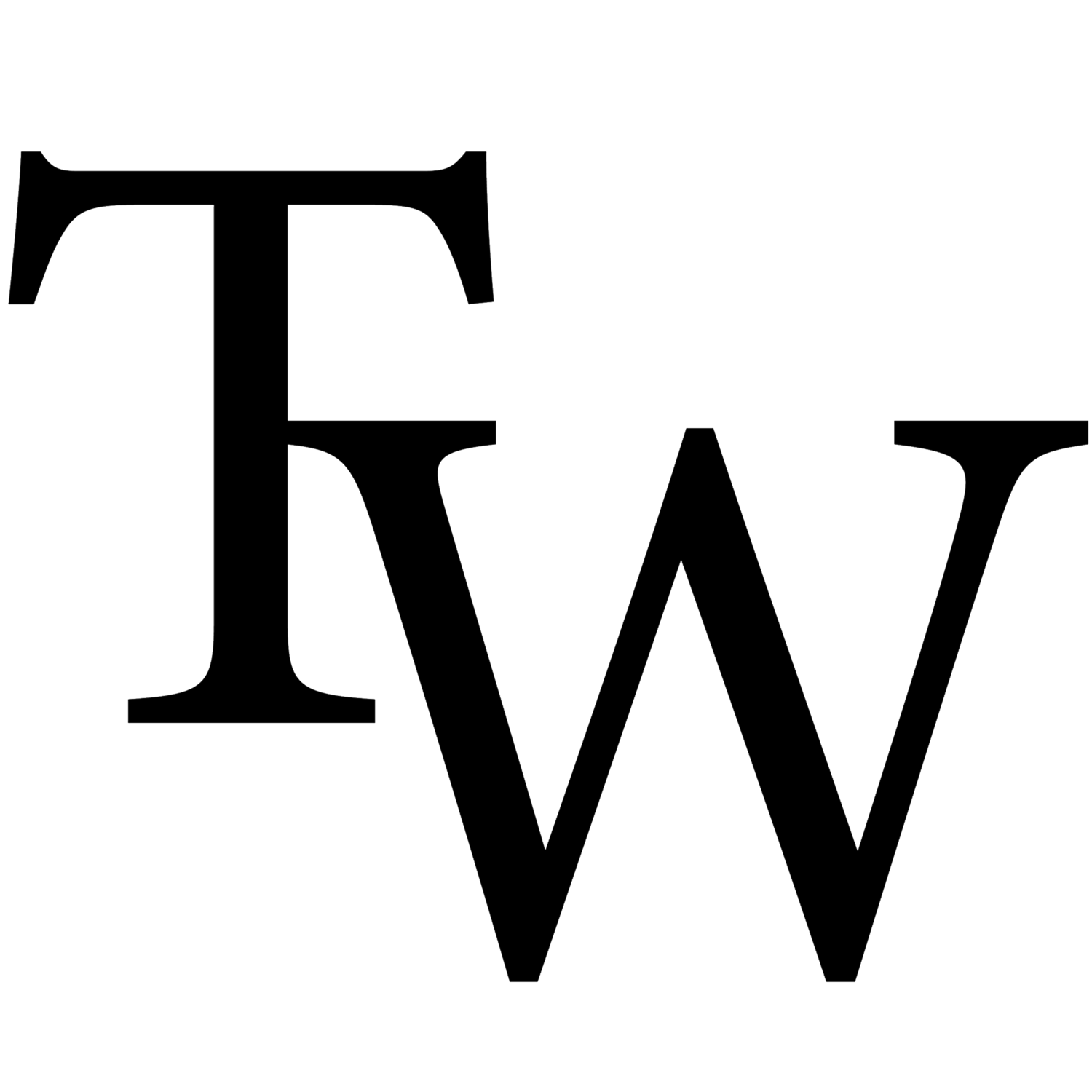Know Thyself – Part 2 The willingness to be with what we don’t want to experience
I was reflecting over the weekend on why, given the crisis that we are in around climate chaos and given that we actually now have the solutions to do something about it, that leaders of organisations, sectors and nations, still lack the will to lead, to act.
It occurred to me that such a will is only going to be activated because of a personal, national and global transformation. Transformation is not a gradual improvement of what we now have, but where our current ways of seeing, thinking, and doing, change into a new way of seeing thinking and doing.
But despite the millions of gallons of ink that seem to be spilt these days on that word ‘transformation’, very little is really understood about what such change really costs us. We simply don’t want to pay that cost to our ego and our comfort.
In this second part of Know Thyself, I’d like to suggest that one of the main barriers to any transformation in ourselves (all organisational, national and global change starts with ourselves) is what Marion Gilbert[1] calls ‘The Unpopular Proposition’. In essence real change requires us to take the courage, the willingness, to be with what we don’t want to experience.
One of the words that has become popular in describing how we consistently keep outside of our consciousness all that we don’t want to face, is what Carl Jung called the ‘shadow’. The shadow is the other side of light when the light hits an obstacle. It’s what the light doesn’t see. Sometimes it’s simply because we haven’t got around to shining the light, but other times it’s because we simply don’t want the light to go there!
Know Thyself in its transformative essence is to begin to make friends with all of those deeper, difficult, painful parts of ourselves that we fear will destroy us. It takes quite some courage to trust that there is a personal resurrection the other side of a personal death (death means that there is no life there for you anymore). You can’t ‘almost die’ if you want transformation. By running from some dimension of ourselves, we create an equal and opposite reaction, a defence. For example, rather than make friends with my deepest shame, I will criticise others, or as one of my psychology teachers once wisely said, ‘we poke out their eyes before they can see our flaws’.
What does it mean to know myself and my shadow?
What is there that I don’t want others to see and I don’t even want myself to see about me?
Me and you will see that…
I’m fragile,
I’m wounded,
I’m insecure,
I feel like an infant,
I’m fearful,
I’m full of shame
I carry deep pain and trauma
So, I defend, I become addicted, I avoid, I avert my gaze, I don’t explore or get curious, I hide, I run.
But here is the paradox.
Our beautiful pearl of who we in essence are, is living as a bed-fellow with our wounds.
We don’t get one without the other.
What we fear will destroy us, actually liberates us.
What we fear will take away our life, actually releases our true life-force.
What we fear in our wounds, actually heals us.
We are inseparably whole. That’s what holy means. Not perfect, but whole. Wounded and gifted. We don’t find the gift by hiding from, or getting rid of, the wound (I tried that for decades!) but by being willing to be with what we don’t want to experience.
It is slow work. It’s a ‘hard work miracle’, as Stephen Johnson[2] calls it.
It needs elders who know the route to walk alongside of us to make this self-knowing journey, but Marion Gilbert was right, this ‘unpopular proposition’ turns out to be the road to the real fruit of Knowing Thyself.
[1] https://mariongilbert.com
[2] Characterological Transformation – The Hard Work Miracle (1985) Stephen Johnson Norton London
